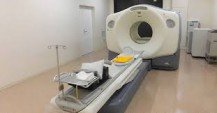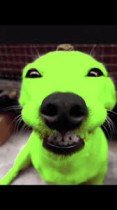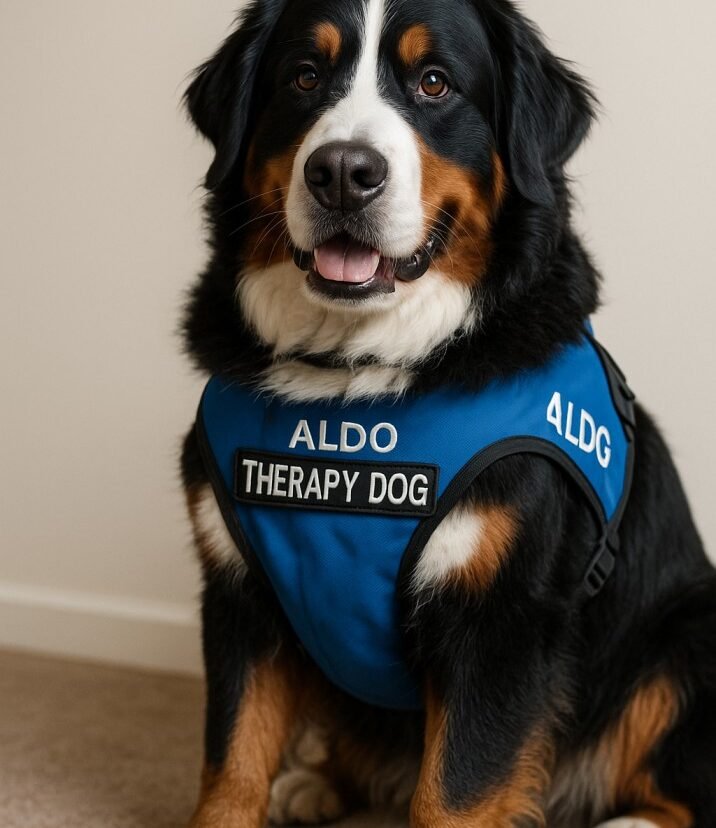Coloring PET Filament STL File: How to Add Vibrant Hues to Your 3D Printed Pets
The world of 3D printing is evolving rapidly, and one exciting trend is printing pet figurines, toys, and accessories using coloring PET filament STL files. If you’re a 3D printing enthusiast who loves pets and colorful models, this combo offers the perfect creative outlet.
In this guide, we’ll explore how to color PET filament prints, where to find or create STL files for pet-themed projects, and tips to get the best results from your 3D printer.
🧩 What Is an STL File?
An STL file (Stereolithography file) is a digital blueprint used in 3D printing. It defines the surface geometry of a 3D object—without color, texture, or material properties.
When working on a coloring PET filament STL file, you’re essentially printing a model from an STL design using colored or colorable PET filament. STL files are the most common format in 3D printing and can be downloaded from thousands of free and paid sources.
🐶 What Are Coloring PET Filament STL Files?
These are STL files designed for 3D printing pet-themed models—such as dogs, cats, birds, and reptiles—using PET filament with color or post-coloring capabilities.
Here’s what makes them special:
- They often feature high-resolution details that are ideal for hand-painting or using multi-color filament.
- Many are used for pet figurines, name tags, toys, or even functional pet items like bowls or collars.
- The STL file may be optimized for color changes, either during printing or after with paint or dye.
🧵 What Is PET Filament?
PET (Polyethylene Terephthalate) and its stronger cousin PETG are popular 3D printing materials known for:
- Durability and strength
- Food-safe properties (ideal for pet bowls and toys)
- High chemical resistance
- Smooth surface finish, perfect for coloring
PET filament is slightly more flexible than PLA and more forgiving than ABS, making it a solid choice for printing pet models and accessories.
🎨 How to Color PET Filament STL Files
Once you’ve printed your pet STL model using PET filament, there are several ways to bring it to life with vibrant color:
✅ 1. Use Colored PET Filament
The simplest way is to load pre-colored PET filament into your 3D printer. Many brands offer PETG in shades like red, blue, green, and transparent tints.
Pros:
- No extra steps after printing
- Clean, consistent color
Cons:
- Limited to one color per print unless you use dual extrusion
✅ 2. Multi-Color Printing
For more complex models, consider:
- Multi-filament printing: Some printers allow two or more colors per print using dual extruders.
- Manual color swapping: Pause the print and change filament mid-way to add another color.
✅ 3. Post-Print Painting
After printing your pet STL model in white or clear PETG:
- Use acrylic paints for vivid results
- Apply plastic primers for better adhesion
- Add clear coat spray for protection and shine
This method is great for coloring small details like fur, eyes, or collars.
✅ 4. Dyeing with Fabric Dye
Transparent PETG can be dyed using boiling water and polyester-friendly fabric dyes (e.g., Rit DyeMore).
Tip:
- Dye small parts to prevent warping
- Wear gloves and work in a well-ventilated area
🐾 Pet STL File Ideas for Coloring
Looking for inspiration? Here are popular STL file types that pair well with coloring PET filament:
- Dog and cat figurines
- Parrot or exotic bird statues
- Pet name tags
- Mini pet bowls
- Pet toy bones
- Collar charms
- Pet memorial keepsakes
You can find these on platforms like:
Use search terms like “pet STL file,” “dog model,” or “cat printable” and filter for high-detail models that benefit from coloring.
🖨️ Tips for Printing with PET Filament
To get the best results when printing your coloring PET filament STL file, follow these key tips:
- Bed Temperature: 70–90°C
- Nozzle Temperature: 230–250°C
- Print Speed: Moderate (40–60 mm/s)
- Adhesion: Use a glue stick or PEI sheet to prevent warping
- Cooling: Use moderate fan speed; PET doesn’t need aggressive cooling
- Dry Filament: PET is hygroscopic—store it in a dry box or use a filament dryer
💡 Design Tips for Pet STL Coloring
If you’re designing your own coloring PET filament STL file, keep these in mind:
- Add embossed or recessed details for easy painting
- Use separate shells or parts for multi-color printing
- Make surfaces smooth for dyeing or textured for painting effects
- Scale appropriately—small models are harder to color with precision
✅ Final Thoughts
Printing and coloring PET filament STL files is a fun and rewarding way to create custom pet models, toys, and accessories. Whether you’re crafting a figurine of your dog, a name tag for your cat, or a cute gift for a fellow pet lover, PET filament gives you the durability, safety, and smooth surface you need for colorful creativity.
By combining high-quality pet STL files with smart coloring techniques—like painting, multi-filament printing, or dyeing—you can turn your 3D prints into vibrant works of art that truly celebrate your love for animals.








Leave feedback about this